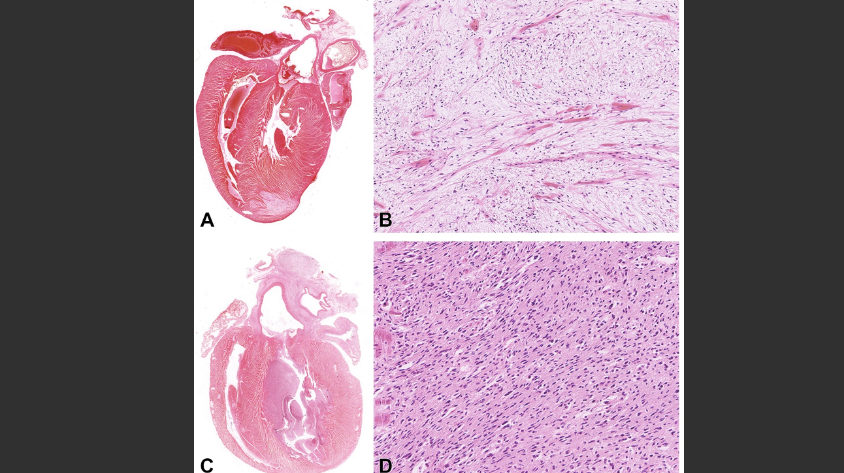In debates on cell phone radiation health effects where the relevance of animal studies to human health is questioned, this study provides a strong counterpoint. The key aspect is the morphological similarity between tumors found in rats exposed to RFR and low-grade human gliomas.
This similarity suggests that the biological effects observed in rats could be reflective of potential effects in humans. While species differences are always a consideration in scientific research, such parallels provide a compelling argument for the translational relevance of these findings.
It underscores the importance of considering the NTP and RI animal study results, especially when they show similarities to human conditions, in assessing potential health risks of RFR exposure.
Study Validates Animal Cell Phone Radiation Health Effects Likely Translate To Human Concern
The National Toxicology Program (NTP) concluded the results of a significant study on the effects of radiofrequency radiation (RFR) from cell phones and announced an end to research, ” if there is an effect”, after finding clear evidence of carcinogenicity in animal models. This was further corroborated by the Ramazzini Institute (RI), which replicated these results, strengthening the evidence.
However, a common counterargument in these discussions has been the applicability of these findings to human health, as the studies were conducted on rats. This skepticism is now being addressed head-on by a groundbreaking study that analyzed tissue samples from the RI studies.
This new research found a morphological similarity between the tumors developed in rats exposed to RFR and low-grade human gliomas. This similarity is a critical revelation, suggesting that the effects observed in rats could indeed have parallels in humans. It effectively challenges the notion that results from animal studies are irrelevant to human health concerns, especially in the context of cell phone radiation.
This latest study provides a vital piece of the puzzle, reinforcing the need for a cautious approach to RFR exposure from cell phones. It underscores the importance of considering animal study results in the broader context of human health and safety, especially when such clear morphological similarities with humans are identified. This research suggests that dismissing the NTP and RI findings on the basis that they studied rats, not humans, is no longer a valid argument.
As we continue to integrate cell phones and wireless technology into our daily lives, this study is a reminder of the need to keep health and safety considerations at the forefront. The implications for public health policies and safety standards are significant, warranting a careful reevaluation in light of this new evidence.
Deciphering the Genetic Code: A Groundbreaking Study on Radiofrequency Radiation’s Impact
In a landmark study published on January 17, 2024, scientists have taken a significant leap in understanding the biological impacts of radiofrequency radiation (RFR), offering insights that could redefine public health guidelines in the era of wireless technology. Utilizing tissue samples from the Ramazzini Institute’s animal studies, this research aimed to unravel the carcinogenic potential of chronic RFR exposure. The findings were nothing short of revelatory.
Highlight: NIEHS and Ramazzini scientists just published a study finding tumors in rats resulting from lifetime exposure to low dose far field RFR are morphologically similar to low-grade human gliomas.
Using a targeted next-generation sequencing panel, the study analyzed 23 human glioma-related genes in these rat tumors. The findings were significant – they revealed distinct genetic mutations, offering a deeper insight into how RFR may trigger carcinogenic processes at the molecular level.
The translational relevance of these results to human health cannot be overstated. By comparing these genetic alterations in rat tumors with human cancer data from the COSMIC database, the study bridges a critical gap in our understanding. This comparison provides a clearer picture of the similarities and differences between RFR-induced tumors in animal models and naturally occurring human cancers.
What makes this study stand out is its potential to reshape our approach to RFR safety standards.
The Ramazzini Institute Study: A Cornerstone in RFR Research The Ramazzini Institute’s study had previously supported the National Toxicology Program’s (NTP) findings, which indicated a potential cancer risk associated with RFR. Building on this foundation, the recent study delved deeper, analyzing tissue samples to understand the exact genetic changes RFR induces in living organisms.
Unlocking the Genetic Effects of RFR The meticulous analysis revealed that RFR exposure led to significant genetic alterations in rat tumors. This is a crucial finding, as it offers a molecular-level understanding of how RFR could potentially initiate cancer development. Such insights are invaluable in a world where wireless technology and RFR exposure are ubiquitous.
Translating Animal Studies to Human Health Concerns While the leap from animal studies to human implications is complex, this research provides a crucial piece of the puzzle. By mapping the genetic changes in these rat models, scientists can better predict and understand the potential risks humans face in an RFR-prevalent environment. This is especially pertinent given the widespread use of cell phones and other wireless devices.
Implications for Public Health and Safety Standards The implications of these findings extend far beyond the realms of scientific inquiry. They call for a reevaluation of public health policies and safety standards related to wireless technology. As we move forward, it’s imperative that these results inform our approach to RFR exposure, balancing technological advancements with health considerations.
Continuing the Quest for Knowledge This study is a critical step forward, but it’s just the beginning. As technology evolves, so must our understanding of its impact on health. Continued research is essential to keep pace with the rapid advancements in wireless technology, ensuring that public health remains at the forefront of technological innovation.
In conclusion, this groundbreaking study not only advances our scientific understanding but also challenges us to rethink our relationship with technology. As we embrace the conveniences of wireless communication, we must also remain vigilant about its potential health impacts, guided by rigorous scientific inquiry and prudent public health policies. For a deeper dive into the study, I highly recommend reading the full report in PLOS ONE.








